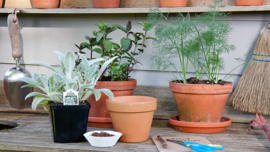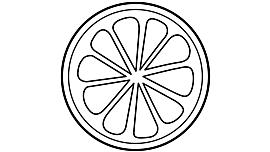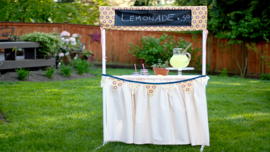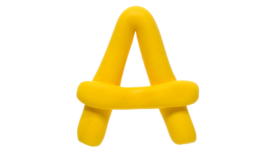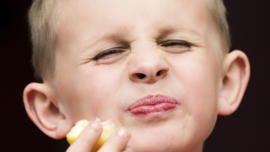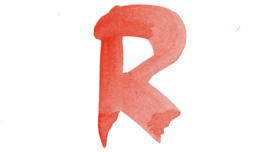Keys to Kindergarten: Attention to visual details
Learn how to build your child’s sensory skills in time for kindergarten.
We use our senses every day without even thinking about them. However, paying attention to our senses is a mindful practice that can help prepare children for the academic world of kindergarten. Noticing textures, smells and tastes, and using language to describe the experience, provides vocabulary development as well as preparation for descriptive writing.
Here are some fun and easy things to try at home to highlight your child’s senses in a playful way.
Sensory snacktime
When you eat together, ask your child to describe the food. Is it sweet or sour? Is it crunchy or juicy? Is it rough or smooth? Talking about food to encourages your child to pay attention to taste and texture.
Sensory letters
If a child is learning letters, feeling the letters gives them another sensory experience to help their brain remember that letter. Letters cut out of textured paper will allow children to run their fingers across the lines that make up the letter, providing a tactile and motor experience.
Sensory drawing
Paying attention to visual detail is an important pre-writing skill for young children. Noticing the curved and straight lines in letters, shapes and numbers is a prerequisite to being able to draw and write them. Talk about the curved and straight lines in your child's drawings. Draw an oval body and then ask what shape can be used to make the head. How are those shapes different? Noticing things as simple as this can really help increase your child’s attention to visual detail.
You can also play with simple mazes or dot-to-dot activities. These activities develop hand-eye coordination and help kids pay attention to what they are drawing.
Puzzle play
Noticing visual details can be challenging for some young children. Playing with puzzles can be a fun way to start noticing visual details. Have your child look for the edge pieces of a puzzle and talk about how you know those are the edges. As the puzzle is going together, talk about the colors you see and how you can predict if a piece will fit there just by looking at the visual detail in the puzzle. By pointing out that the sky pieces of a puzzle don’t look like they will go in the same corner as the green grass, you are helping your child pay attention to visual detail.










